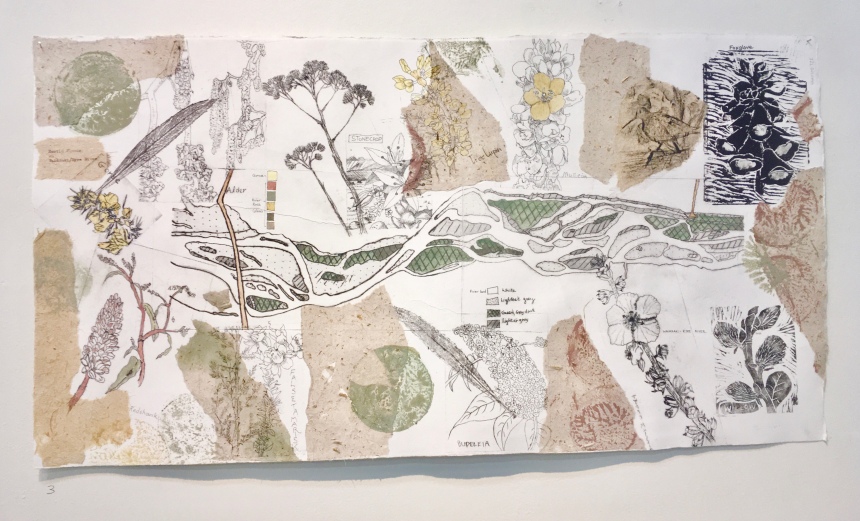
I tried to replace this image on the homepage, but was unable to….!!! Much too complicated for me. However, surprise, surprise, when I opened my site it had worked anyway. Ah, the wonders of the internet…
Earth pigments, paint, painting, printmaking, eco colour and visual arts; Canterbury, South Island, New Zealand


I tried to replace this image on the homepage, but was unable to….!!! Much too complicated for me. However, surprise, surprise, when I opened my site it had worked anyway. Ah, the wonders of the internet…

Waikawa Bay is near Waitohi/Picton on Queen Charlotte Sound, and they are connected by a track through the Victoria Domain Park. There are other tracks in the Domain and you can walk to end of the peninsula; The Snout. We tried most of these three tracks and here are a couple of photos:
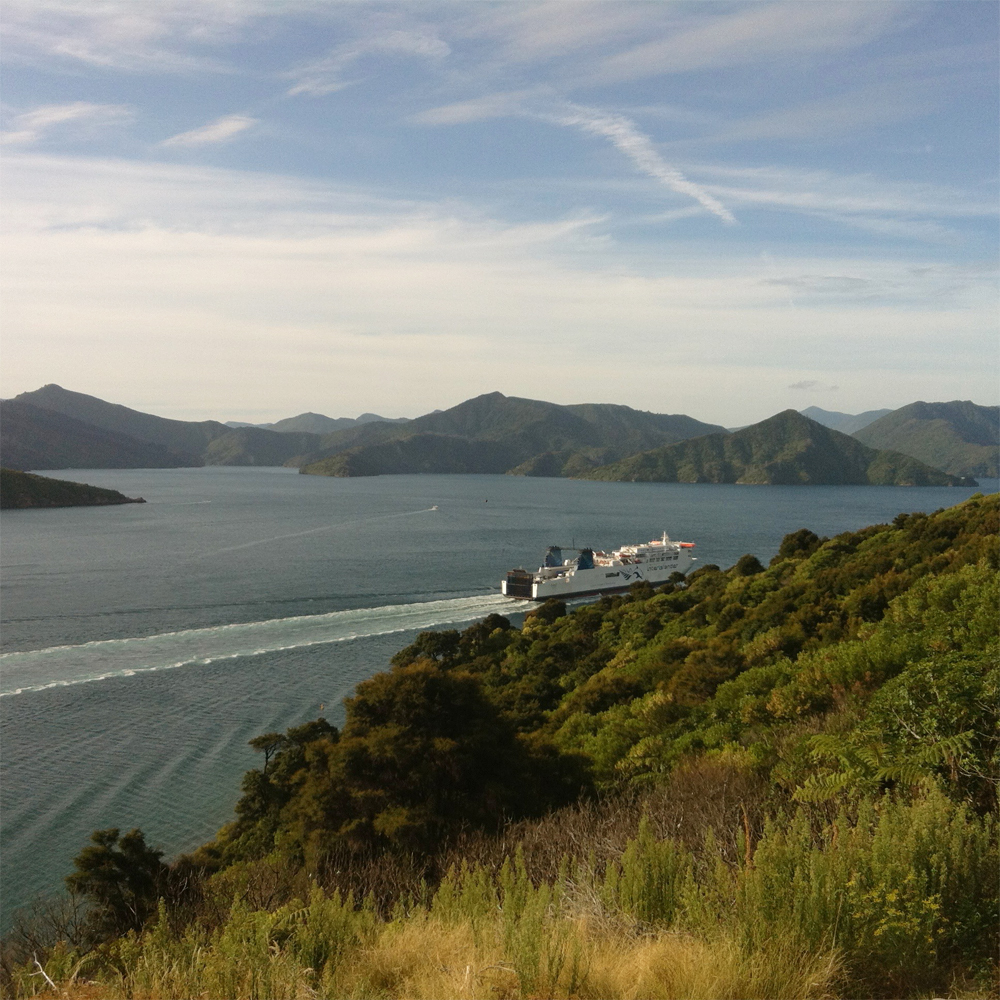
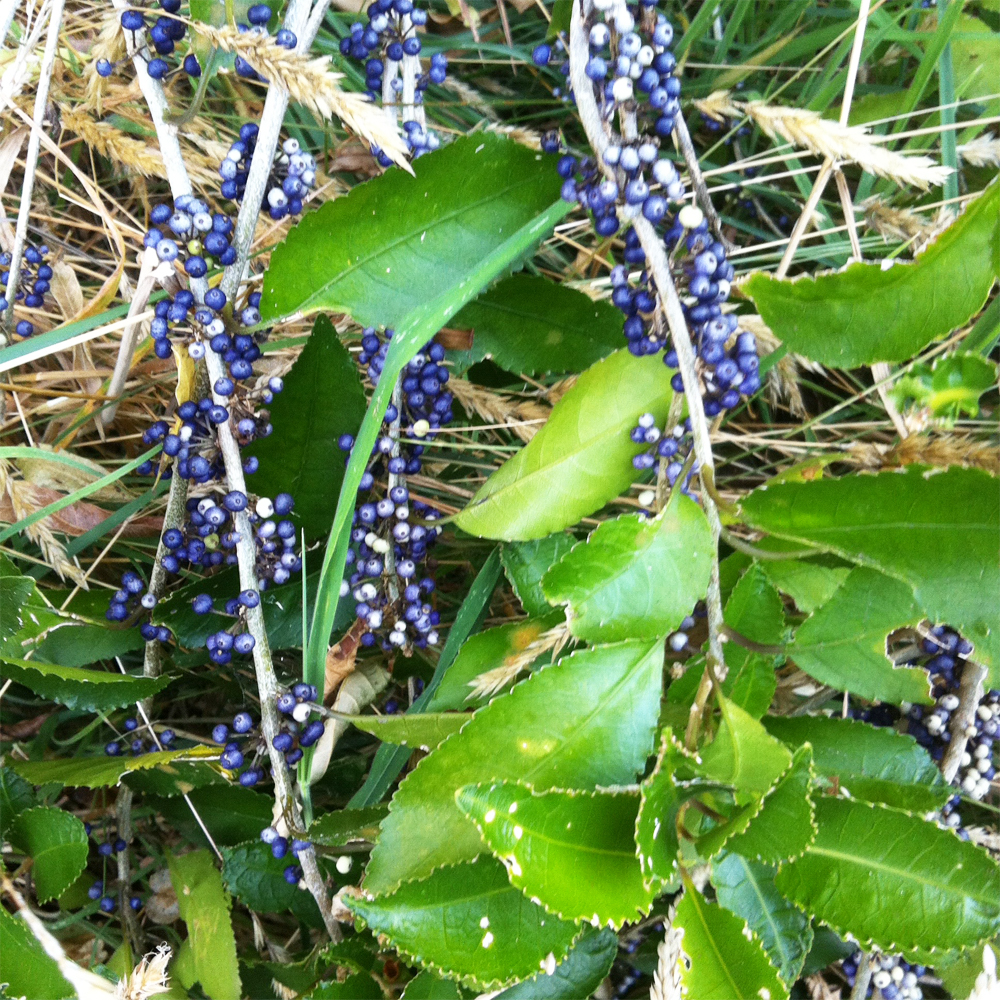
We were staying in Waikawa in February 2020, and these pigments I collected during the walks. These were three different clays and one harder rock (the red pigment). I am trying to catch up with testing these pigments. It made a relaxing task compared to working towards exhibitions!
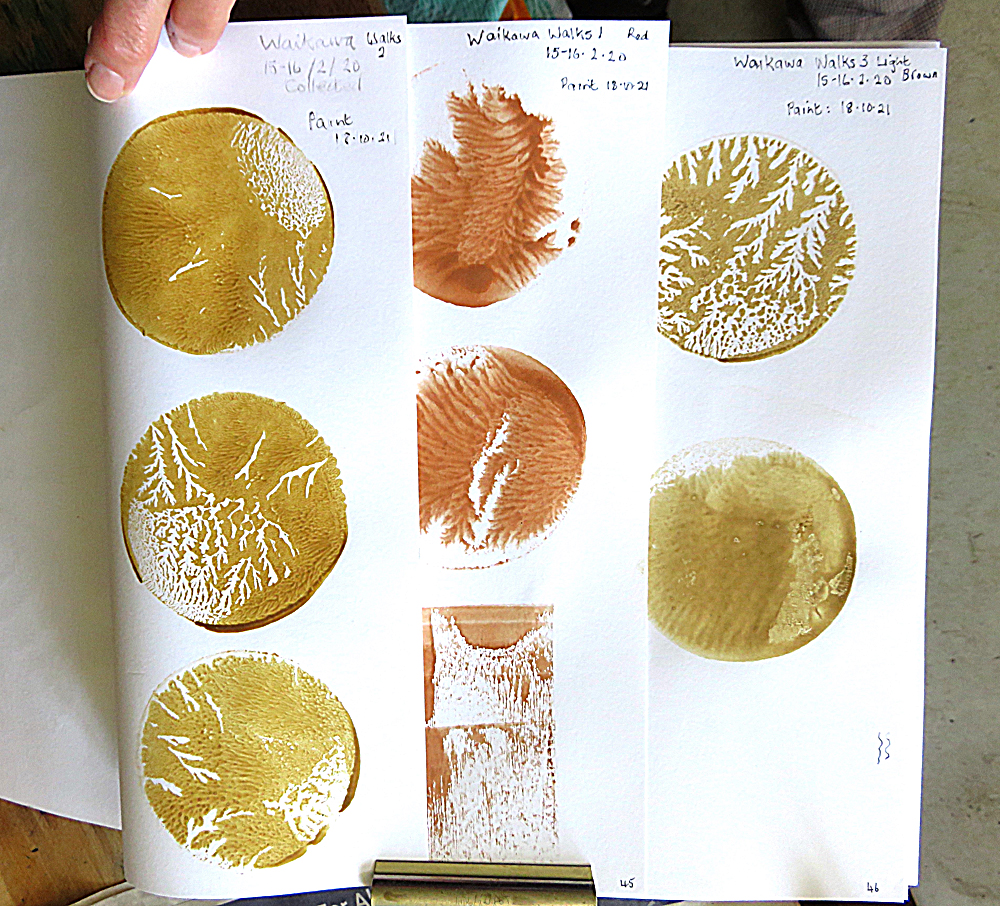
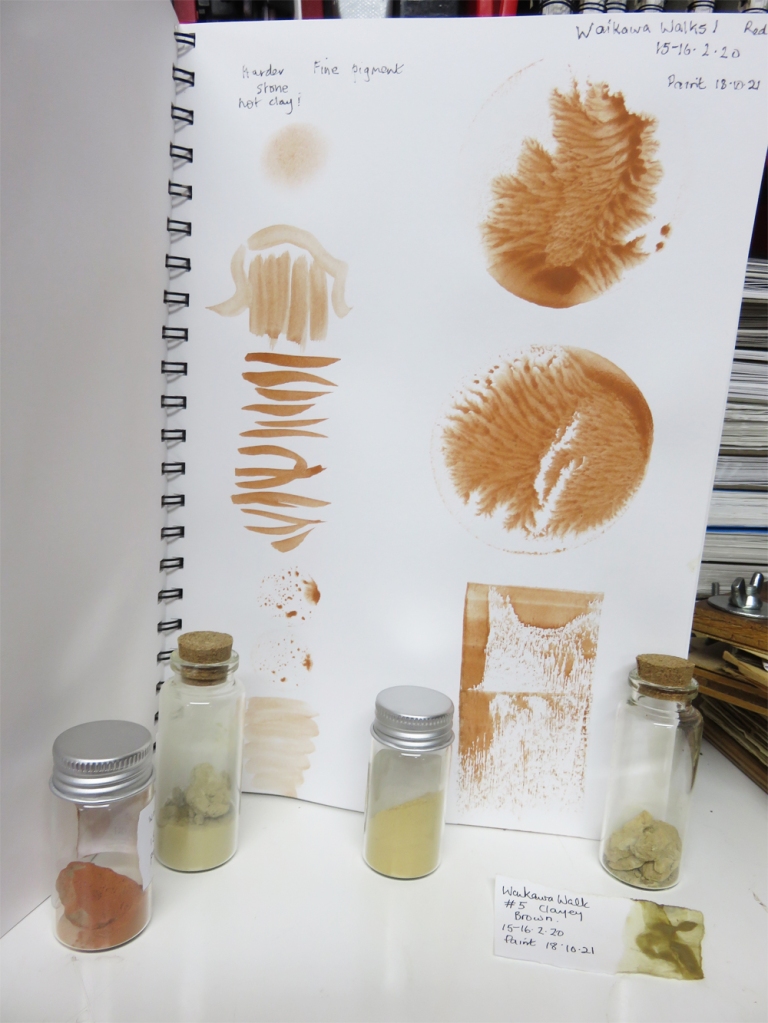
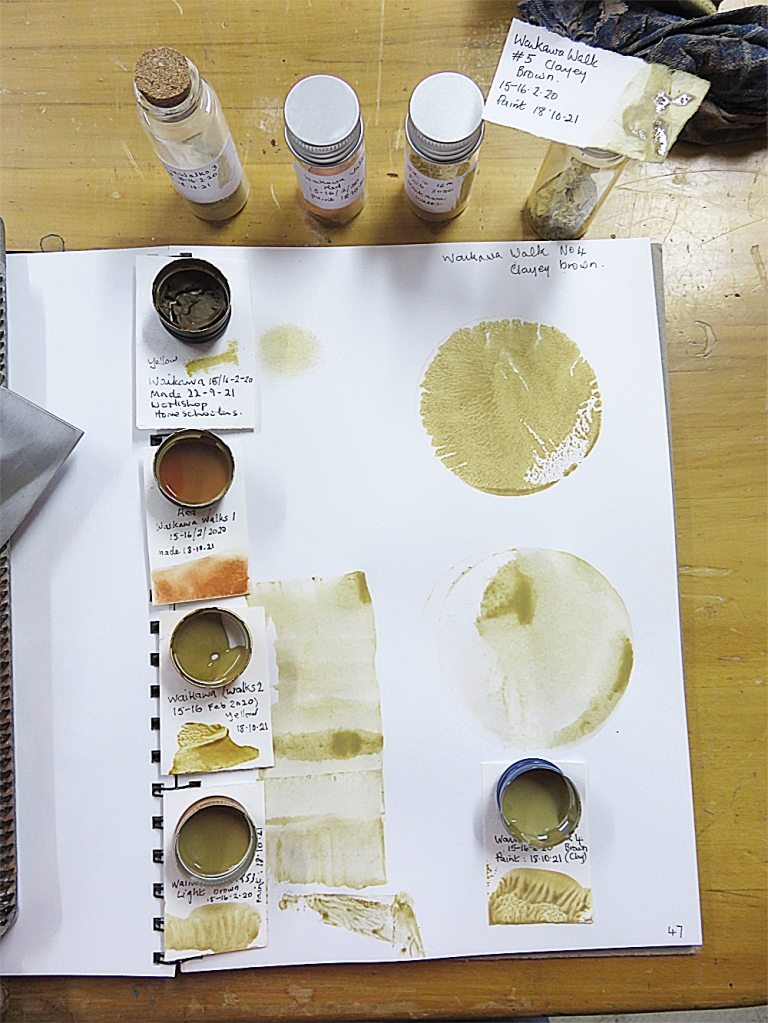
I rather like the #4 pigment, has an slight green colour to the brown. The sample “#5” in the photos above is the first paint I made at the workshop in September and is #4. Just to confuse us all. It is interesting how yellow pigments can give a variety of darker colours. After the last Workshop in September I posted images of some of the paints made. These paint tests are made with the full strength paint, so the colours are quite dark. I have watered down the red paint, and I also rub some of the pigment powder on to the test page, for the record.

We set up our new exhibition at the Oxford Gallery, on the 6th October. As you can see we have very different approaches to printmaking.
Kathy Anderson, Jo Ernsten, Casey Macaulay, Ruth Stanton-Mcleod, Kris Waldin, Tessa Warburton & Celia Wilson
7-24 October 2021






Here is my submission.
For this set of hand coloured prints I concentrated on the flora and fauna of the River Eyre/Waiaraki to show the displacement of bird life by introduced by exotic plant life. The plants take on an imaginary shape, though based on actual plants. These prints were influenced by medieval illustrations; I felt our present day understanding of nature is in some respect no different to their ideas of what exotic animals might look like. My work always comes out ‘pretty’ no matter how hard I try to make it the opposite! I really enjoyed painting these prints.

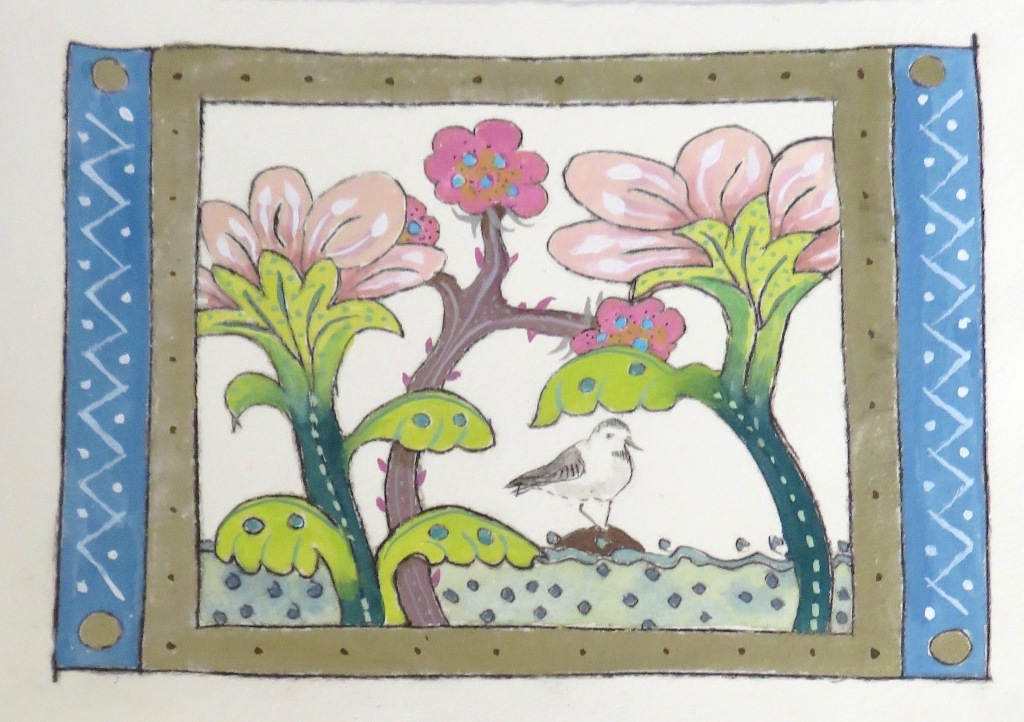
Ed 2/5 EV “Herbarium Exotica V” Celia Wilson
A Wrybill is the bird shown in this print.

My most recent workshop was held for a group of local school children.
They were very quick to understand the paint making process, and made lots of bottle tops of paint – on average four each.
I had not tested the Waikawa ochre pigment before, so I chose it for the paint making demonstration. I used watercolour medium of course, as that is my favourite binder. Another muller print to add to my collection.
The students used commercially ground natural pigments, as I do not have enough of my own hand ground pigments for a large group and, anyway, the fineness of these pigments makes it easier for the students to mix into the binder. We used pigments from Roussillon and Natural Earth and Mineral Pigments.
They really enjoyed painting with their own paints! Some of their paint is shown below.
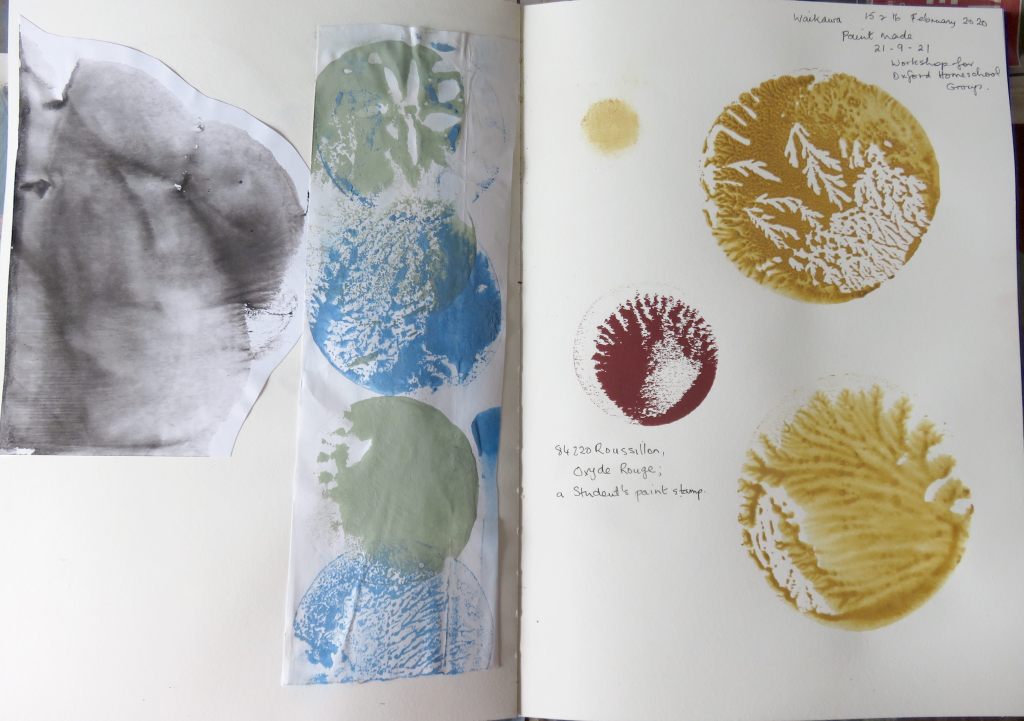

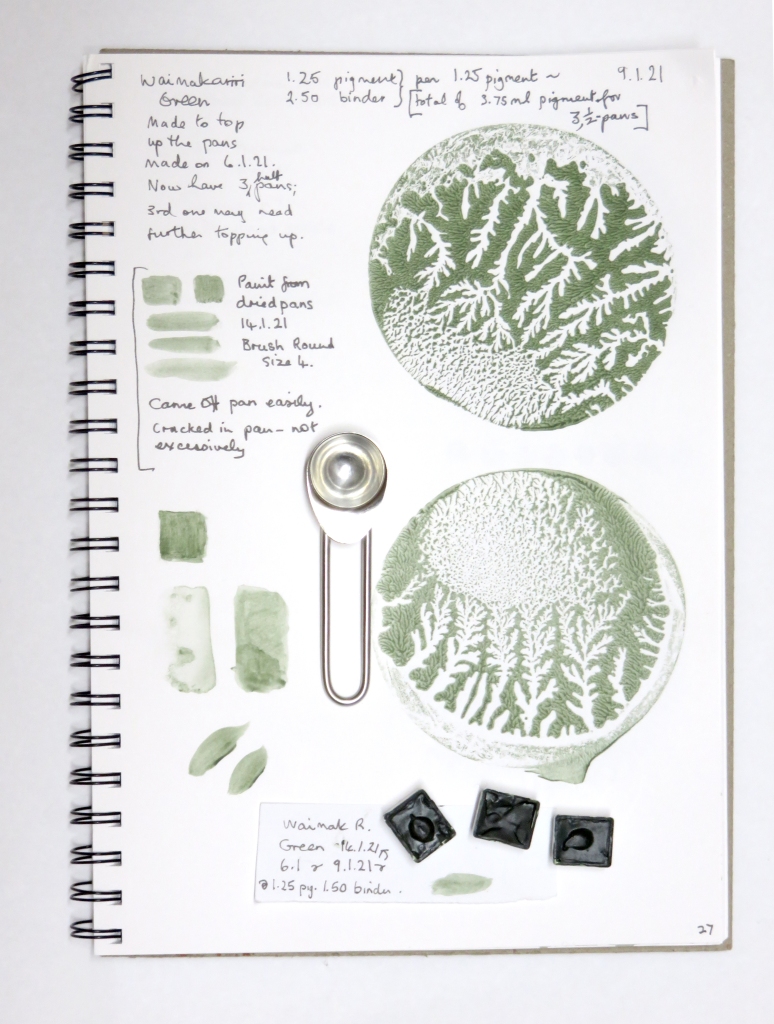
A page from one of my test books, showing this green sedimentary rock from the Waimakariri river. I make these tests every time a new paint is made. This in my ninth A4 book.
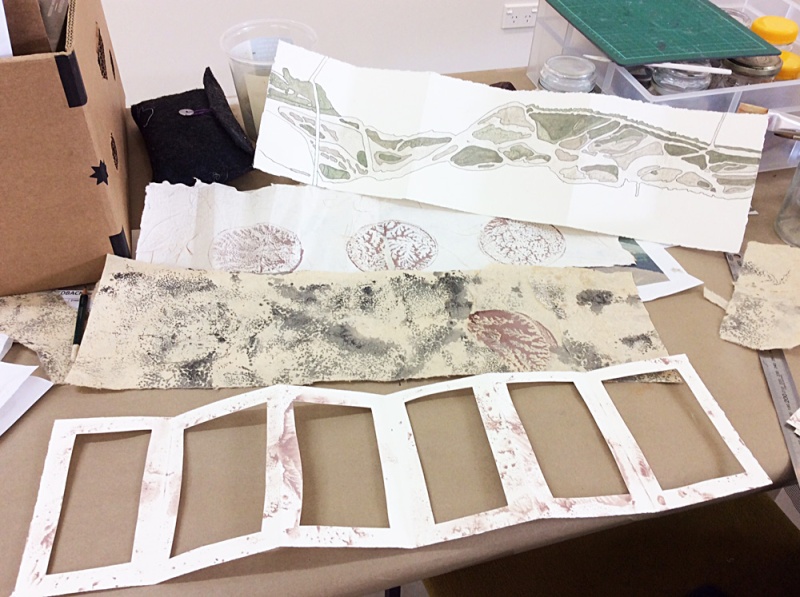
Open House is a great experience. We are in the final few weeks of the artist in residence project (on Fridays, Saturdays, and Sundays) . We think we have spoken to the public for about 60% of the time we have been in the gallery working. Its has been very satisfying to talk to visitors and to realise how many people out there are actually very curious about how printmakers make images, how we research and experiment. We have all enjoyed being artists together, a great opportunity to exchange ideas and learn in good company. Just such a great idea; we have been very honoured be invited and very pleased to take part.

Fellow invited artists with Jo Ernsten are Kathy Anderson, Casey Macaulay, Ruth Stanton McLeod, Kris Waldin, Tessa Warburton. Last weekend visitors were offered the opportunity to print and take home a calico carry bag. We have made some more which are now on sale in the gallery.
Here are some photos I have taken of some work made to date. First up is an image of my table and some old and new work on the wall.
I have been using rock pigments from the Eyre/Waiaraki River that runs by Oxford. Water only runs through the braided river bed after rain, and the close-by headwaters are in and around the Mt Oxford hills. Weeds can grow and make the shingle beds unsuitable for nesting birds, but there is still lots to see at any time of the year. We have collected some of the weeds to make paper at the Gallery, and I am using some of this paper in my Open House art. I’ve been making *muller imprints with the paint I’ve made – browns, reds and greys. I have included paint made from green Waimakariri River rock as well – that river is not far from Oxford, and the Eyre/Waiaraki River eventually joins the Waimakariri closer to the coast. The Eyre/Waiaraki River used to end in swampy ground situated to the north of the point where it is now diverted into the Waimakariri.
From various maps I have drawn a section of the braided river in Oxford, made dry-point prints of the river bed structure (always moving!) and a selection of introduced weeds as well as New Zealand native plants that are found around and in the river bed.
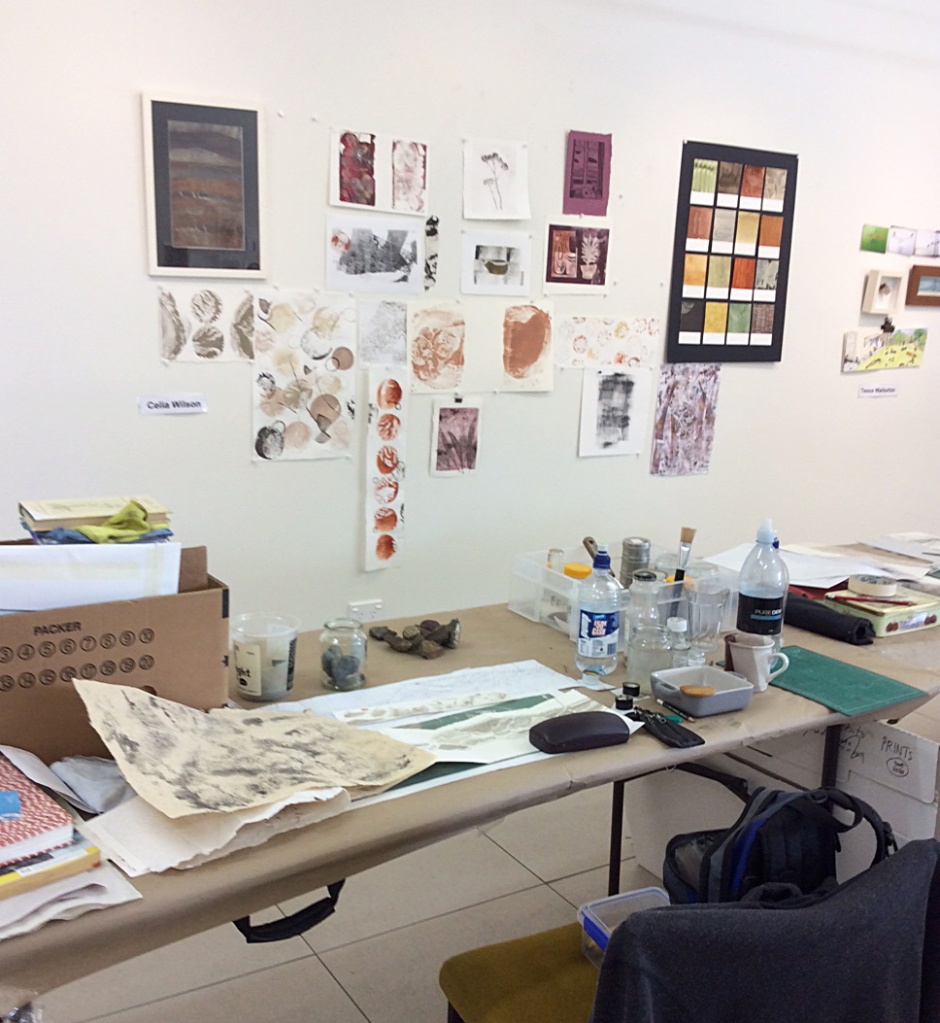
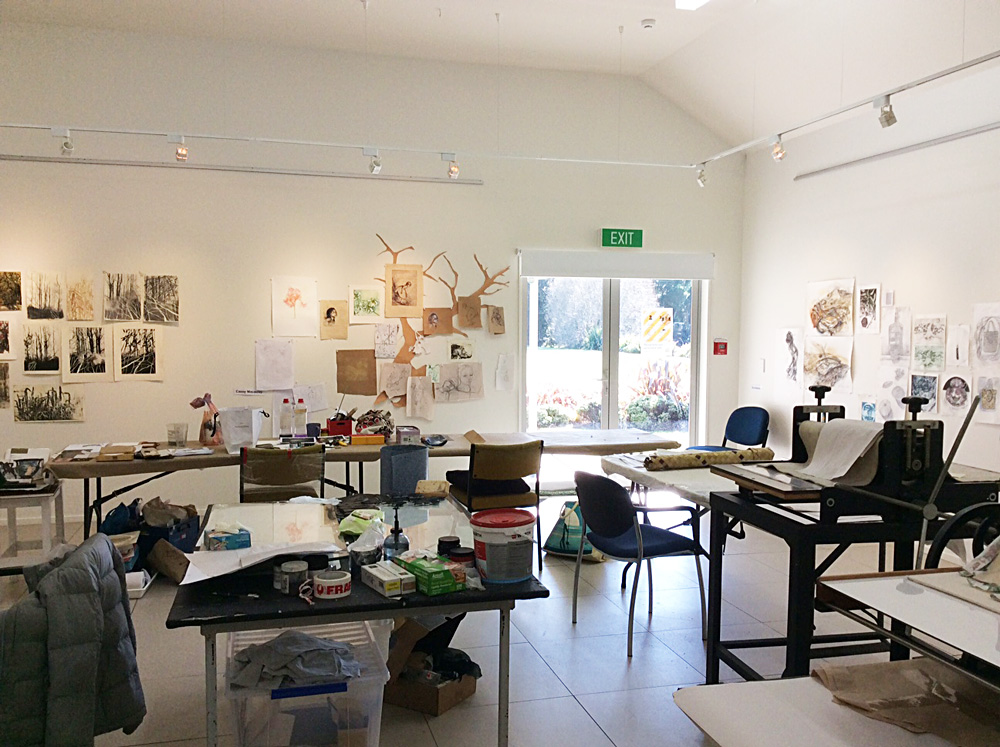
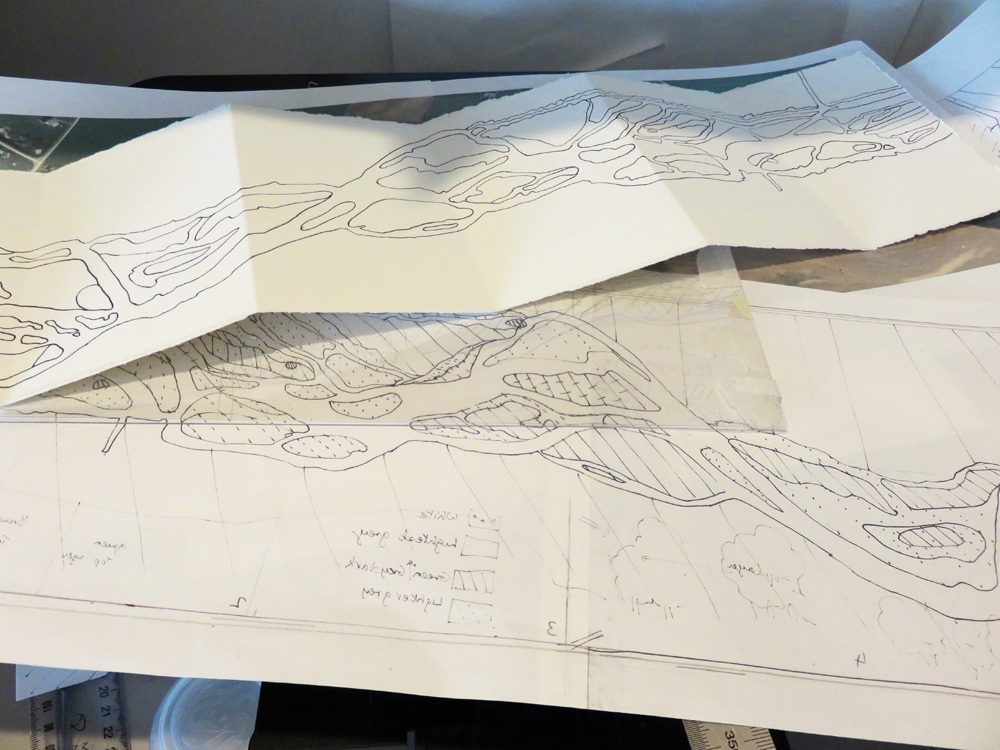
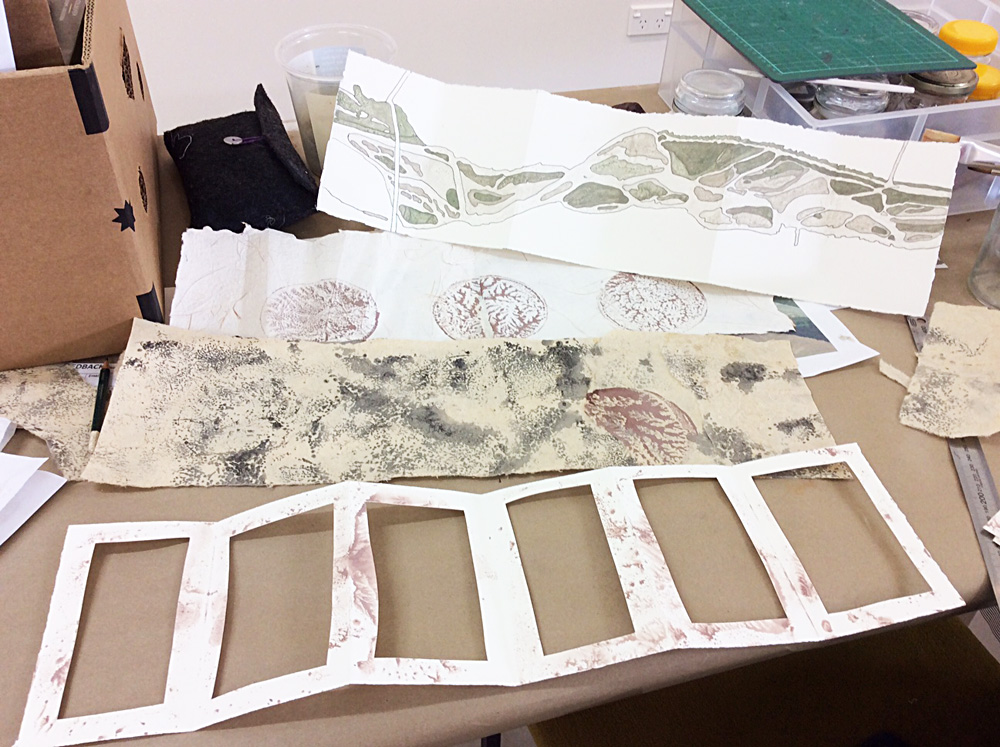
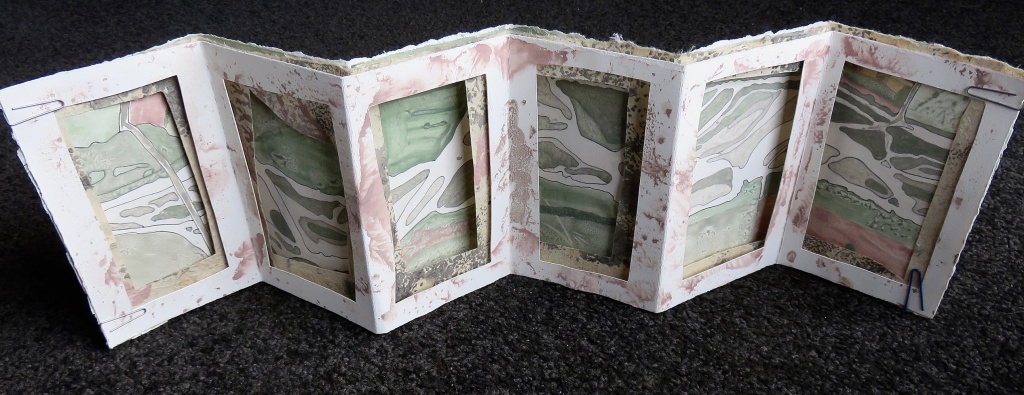
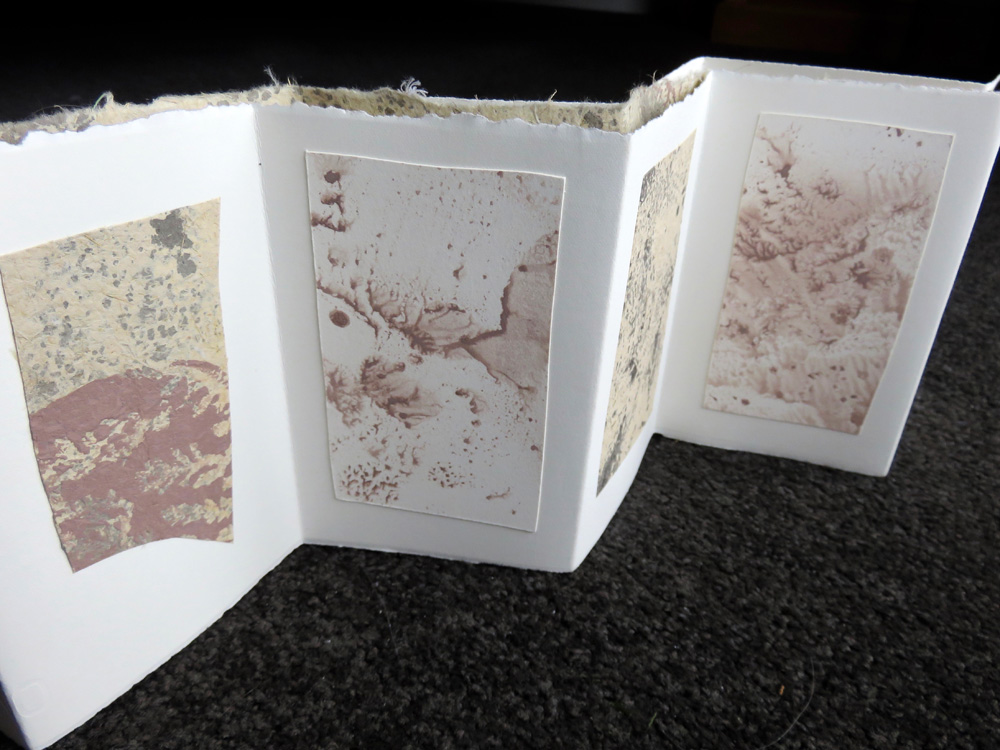
*Muller imprints are made with the tool that is used to grind the pigment powder into the binder. The suction created by lifting the muller off the paint creates the patterns on the muller base that I then imprint on to paper. I have made two layered concertina booklets using the pigments and the braided river as inspiration. Not finished yet! A couple of other books using print and paint are also in progress.
More to come later.
Repeat Patterns
Autumn now in the garden; mallow flowers still calling the bees, and dandelion clocks lingering in the grass.
Two patterns, one off-register. This was accidentally the result of painting in watercolours a sheet of tracing paper laid over the ink outline pattern. I married the two scans together in Photoshop to create this first image. The second image is the pattern created from painting an A4 version of a print of the outline tile.
Really enjoyed this, feel I am getting somewhere now with this process. Thanks to pandemic lockdown I have had the time… As we say in New Zealand, “Kia Kaha” – Be Strong. And take care.
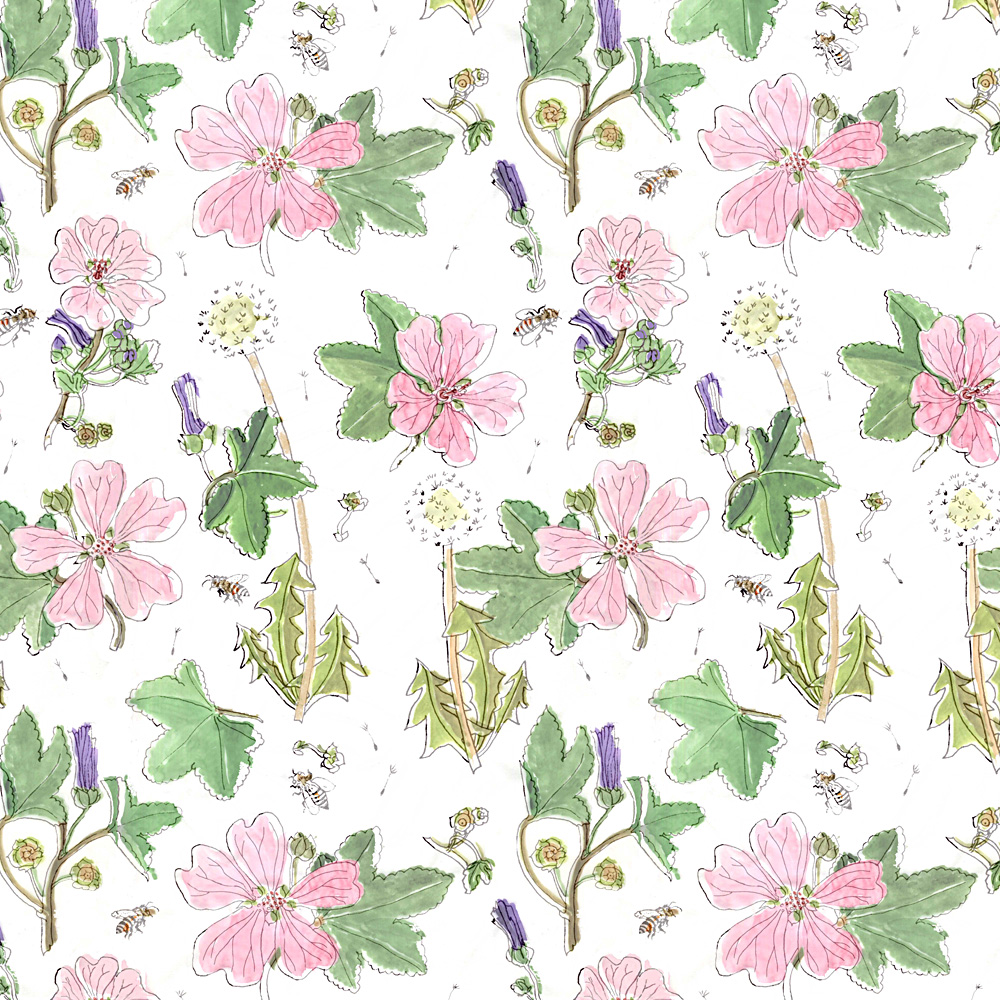
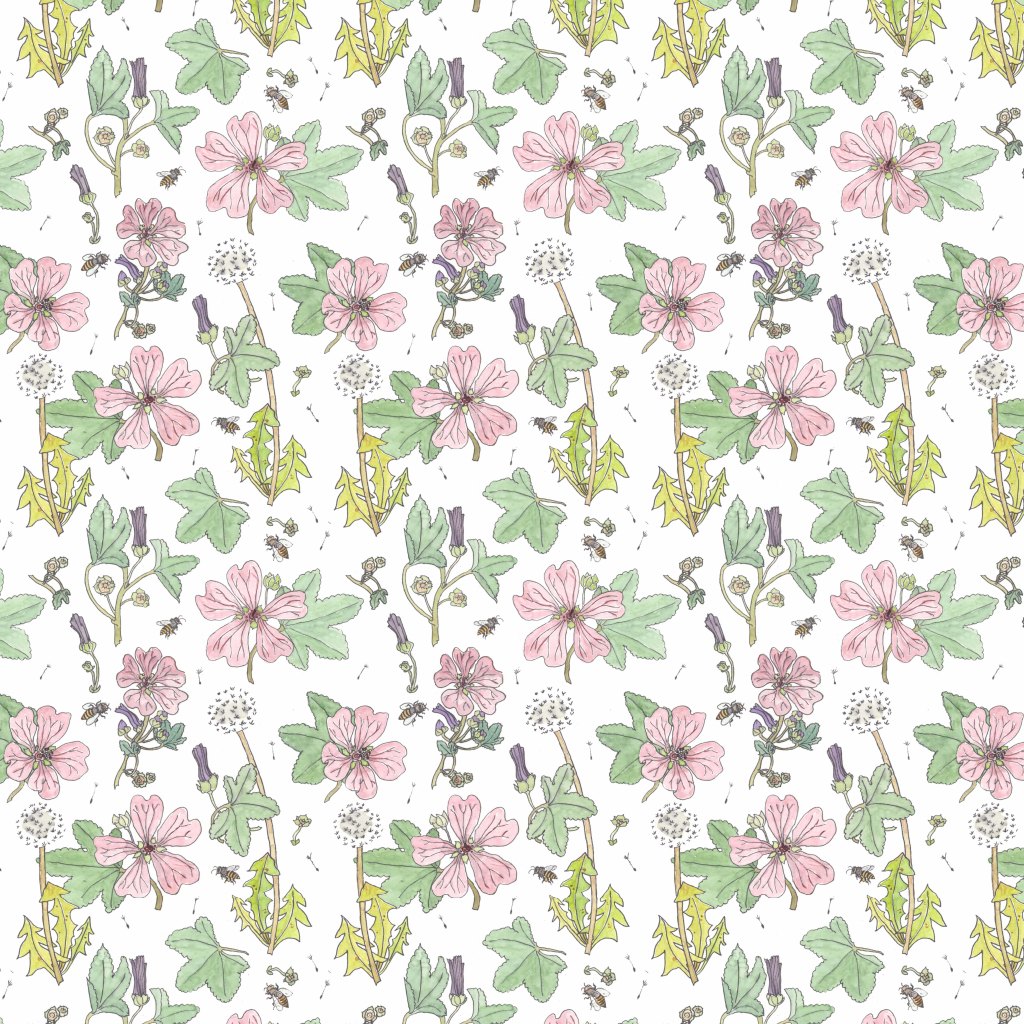

Seeing how colours change when applied to different background colours. Had been reading at Joseph Albers’ Interaction of Color. I understand why he used coloured paper – no brush marks etc!
Autumn is such a colourful time, and especially so when some of the summer flowers are still blooming.
Was really caught up in some artwork based on the plants in the autumn garden.

I recently completed a Skillshare class by illustrator Sara Boccaccini Meadows – and this was the result. My painting is in gouache with a touch of ‘Ultramarine Deep’ watercolour to highlight the delphiniums. I have not really used gouache before, but discovered for me that using it is an interesting cross between oil paint and watercolour – you can layer on top of dry paint and also mix the colours together on the paper.

Clay, in one form or another seems to keep popping up in my artworks.

Here I was getting ready for the Turanga library workshops in January. Some of the tools of the trade, including at the top right my first muller in 2007 – a stone with one flat side to it. You can still see the colour of the last pigment that was ground with it – it worked ok, but you can get a finer powder using the glass muller to finish the process. I used a concrete tile as the grinding base. I now use a stone pestle and mortar to initially grind the shattered rock or clay. Making paint is the art process I seem to want to return to. To see what colour will appear during the printmaking process.
Pot and vessel shapes are another obsession. I like the quirkiness of painting images of ceramic pots in my clay-based paints.

But I do also use ‘ordinary paint’ – see what happens when I follow one of Peggy Dean’s Skillshare classes! (‘Discover your creative style’.)

But there’s more… like actually making ceramic objects which I have been doing over the past year with Ruth Stanton McLeod’s guidance. It is a tray, not a pot this time however.


A few objects in front of Janie Porter’s landscape painting: My daughter’s papier maché bird; a horse’s leather shoe (used in Victorian times to protect the grass when grass cutting being done, so I was told); pebbles and a slice of rock; an art nouveau pewter pot; and one of my first ceramic pots. On the left is more Oxford chalk and clay watercolour on board.
Below is a rock (kindly given to me and collected by my dear friend June Inch) from near the top of Mt Oxford – and the paint. The colour comes through as a little too green in the photograph, and I’ve tried to correct it …

Finally, here is a ceramic-watercolour combo: one of my pottery efforts – works great!
